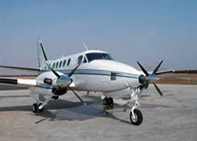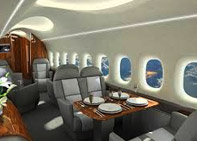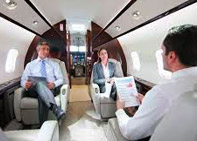The aviation industry is among the most respected industries of all times as planes are the most efficient transport modes for both humans and luggage. Understanding the fundamental physics behind planes is pretty straightforward; the less it weighs, the less fuel it consumes.
Recent research has shown that 3D printed parts can significantly bring down the aircraft’s weight, therefore reducing the aircraft’s overall fuel consumption.
These research findings have been received very warmly by the aviation industry because they have been proven not to jeopardize the plane’s performance. The research team from Northwestern University conducted a thorough case study that involved collecting the environmental effects of using the 3D parts.
The results were epic. They also concluded that the plane also emitted fewer amounts of carbon that harm the environment. For an industry that has been grappling with efforts to save as much as it can over the years, these research findings came at the right time even for users at the private jet charter.
The 3D parts will use aluminium, nickel and titanium. The study concluded that the most efficient method to make them is by using a layer by layer fashion. The best thing about these parts is that they will be able to work on all types of planes. However, a large and constant titanium supply will be needed to ensure that the 3D parts can be continually manufactured to meet the demand. Passengers are also excited by the news, and they hope that the saved fuel costs will also reflect on their travel tickets.








Leave a Reply
You must be logged in to post a comment.